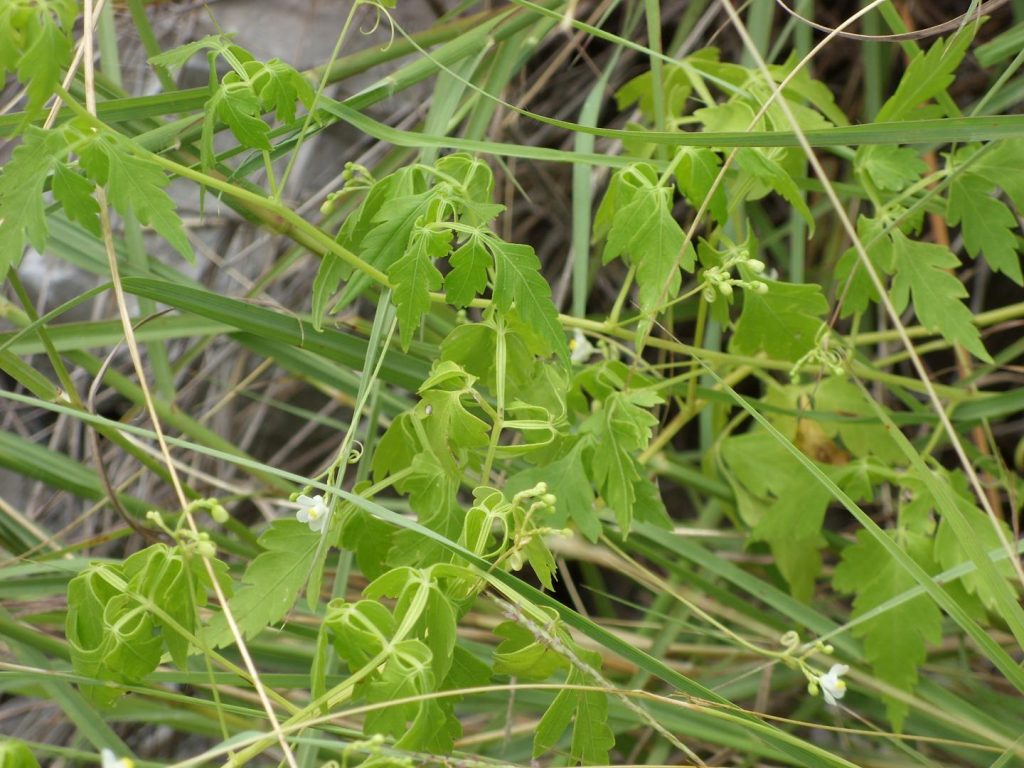
Gratiola quartermaniae
Gratiola quartermaniae was first described from Eastern North America by Estes and Small in 2007. The species typically grows in thin, seasonally saturated soil over exposed limestone or dolomite bedrock. This habitat is typically found associated with limestone glades, barrens, prairies, and alvars. A limestone glade is an area of exposed limestone bedrock with little to no soil overtop.









